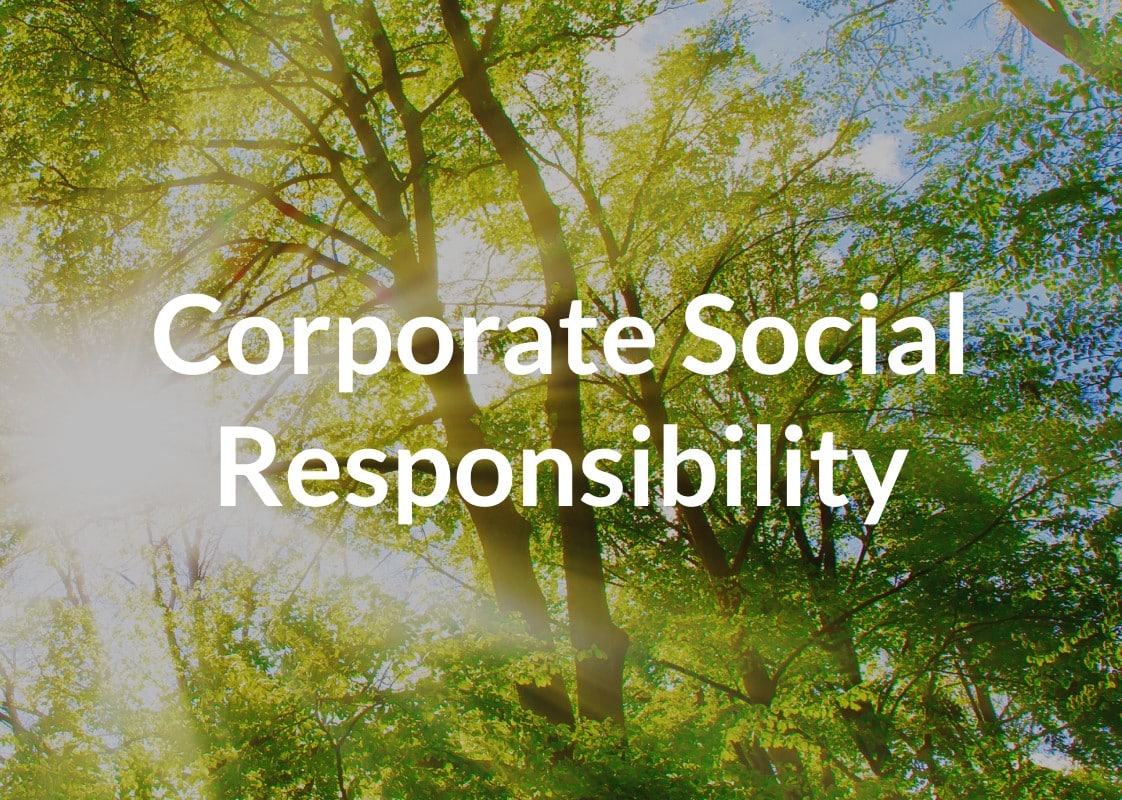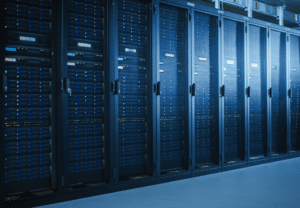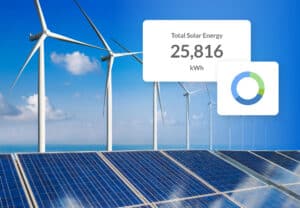
What is energy use intensity? Countries all over the world are gearing up to meet the Paris Accord emissions reduction goals, and commercial buildings are an important part of that process. For instance, smart buildings have been shown to potentially reduce annual emissions by almost 10%.
With all of the energy invested in limiting emissions, it’s also important to make a note of the real bottom-line benefits of better power management. Emission concerns are leading governments to create tax incentives for investing in energy efficiency as well as allocating funds to support people making those changes.
But that’s not all. By being conscious of your energy use and improving efficiency, you inherently save money on excess demand that is otherwise wasted. So what exactly is EUI?
What is energy use intensity (EUI)?
EUI is a metric that describes a building’s energy efficiency based on the amount of space it takes up. To calculate EUI you simply take the annual energy consumed by a building in gigajoules (GJ) or British-thermal units (kBtu) over the area (m2 or ft2) of that building.
The only room for confusion comes from the two different ways to measure energy consumption, site energy and source energy.
Site energy takes the energy use reported by utility bills or advanced metering. It’s most commonly used when looking at EUI while designing buildings, as it reflects the realities of energy consumption that the average owner will face.
Source energy is calculated from the total energy used including all energy from producing and consuming assets, as well as the energy lost throughout the transportation process. This produces a much more accurate energy footprint that factors in the added intensity of different fuel sources based on type and distance to service. Buildings that plan to incorporate on-site renewables, batteries, and other supplementary energy systems should use this method in their calculations.
Some sites naturally have a higher EUI, like hospitals or data centers that run many high-intensity assets almost 24/7. Essentially, having more connected assets, greater energy demand per asset, and overall higher runtime are the main factors that increase EUI.
Why energy use intensity is so important
Understanding energy use intensity is an important part of maximizing the energy efficiency of new buildings and assessing existing sites. Knowing the EUI beforehand helps assess the overhead for electricity and if its drastically different from similar types of buildings it lets you know that something is wrong before you get too far along in your design.
Having a site energy use intensity benchmark for your particular type of building lets you identify and predict the utility costs of daily operations. If you’re relying solely on grid power and only use alternative energy sources as backups, this will tell you most of what you need to know.
On the other hand, if you use photovoltaic solar panels, batteries or generators to regularly supplement your power supply, you’ll need a more detailed assessment of your power needs.
However, the real strength of the EUI metric is having an effective baseline to track future improvements. Once you’ve fully understood where you start and have pushed EUI as far as possible, there are still more improvements to make to your electricity consumption.
Your local climate and related HVAC demand can have a big impact on the actual EUI you end up with. Furthermore, variations in daily use and physical factors can drive the intensity up even more.
So who should be the most worried about their EUI?
Facilities in most industries need to worry about energy costs at some point, but some have a higher energy demand than others:
Healthcare facilities
An obvious choice, hospitals in particular run a lot of high-intensity equipment all the time. That equipment is especially important in emergencies, which means that when the backup power systems kick in they should be ready to handle that high load.
Banks
Perhaps surprising, but banks use a lot of energy. Similar to hospitals, they also have backup power, but primarily for security reasons instead. They also rely on data storage centers with lots of computer banks drawing power.
Furthermore, as digitalization marches onwards across the entire economy, banks rely more and more on touchscreen banking and other assets that increase their EUI.
Educational complexes
There’s a growing trend of universities developing their own independent grids to support the classrooms and offices serving tens of thousands of students. This has improved the resiliency of campus electricity, but these methods compensate for a heavy EUI.
Residential facilities
Finally, there are a variety of residential buildings that run up their EUI by virtue of there being many people living in them and running hundreds of appliances. Building managers for apartments, care facilities, hotels and any other large, dedicated living space should be aware of their EUI burden.
Almost any kind of facility that houses a bunch of people or appliances is going to have a higher EUI, and with that comes an increasing need to account for and manage that demand.
What does Galooli do for your EUI?
Once you know what kind of EUI you’re reporting, the next step is deciding what you’re going to do about it. There’s only so much you can do to improve the baseline energy usage.
If your facility was designed with its EUI in mind, you might think that’s the end of it. But once your infrastructure is optimized, there are still all kinds of day-to-day variables that can influence your actual energy consumption.
Galooli’s agnostic remote monitoring and management solution takes the guesswork out of your energy performance. Whatever systems support your building, we can track KPIs and set alerts that tell you when your assets are misaligned or in danger of breaking down.


























